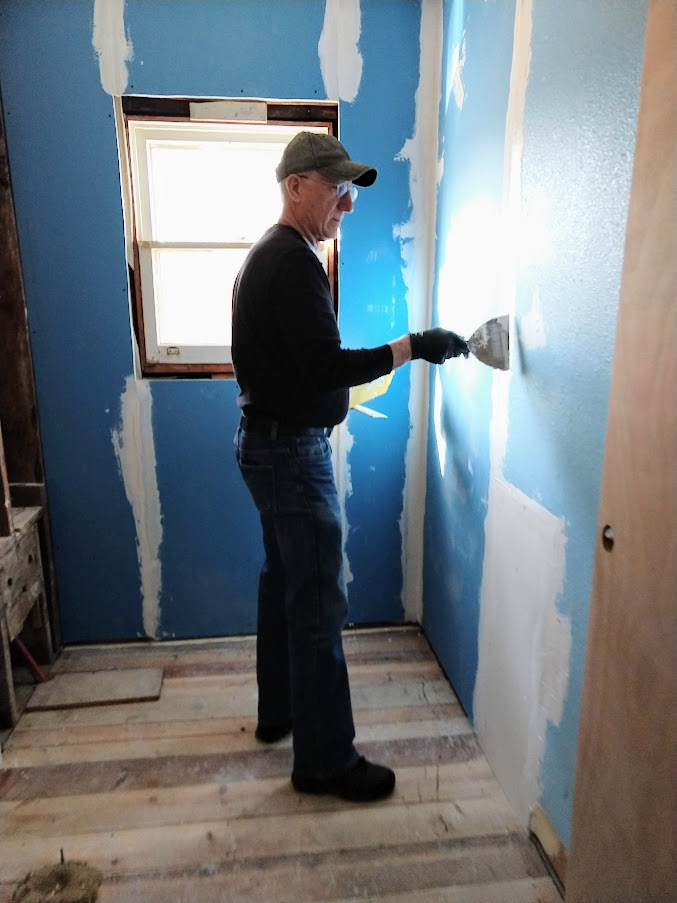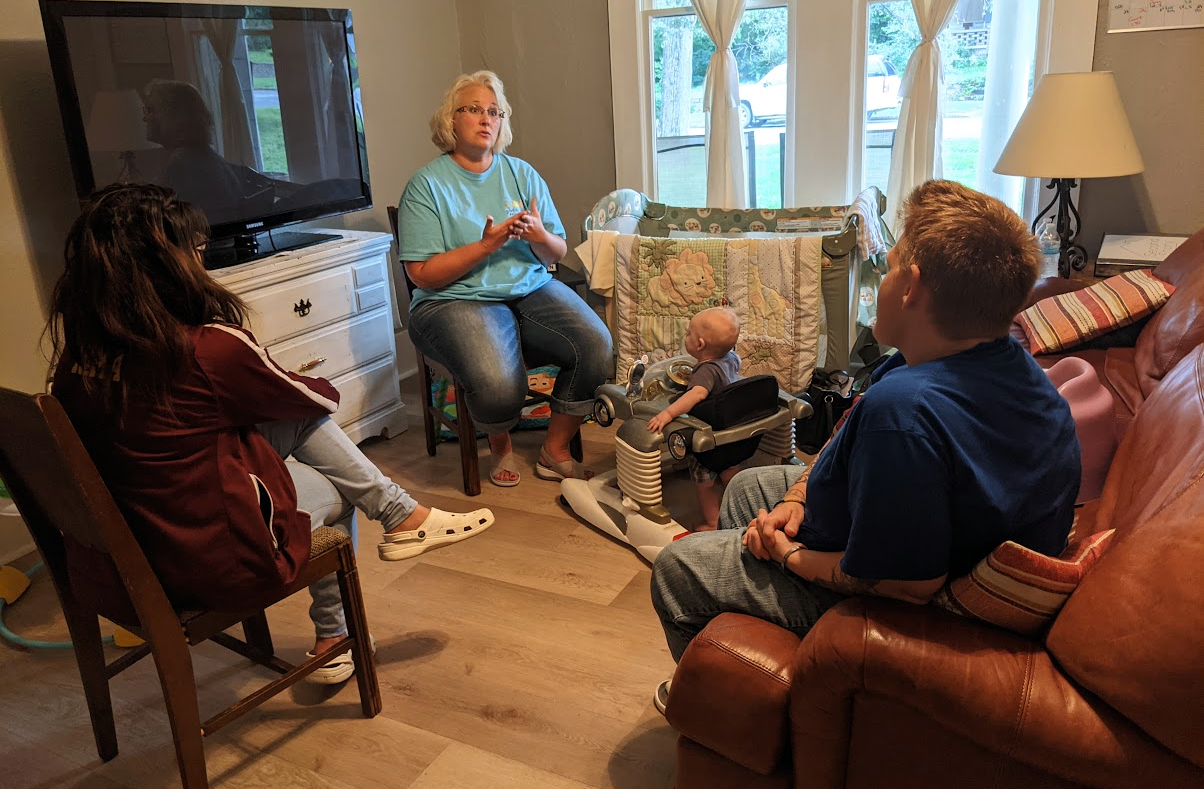 AVERY WEST
AVERY WEST
Member Engagement Director
Read more from Avery
Listen to this article:
Check out True Charity Ennoble on Apple Podcasts and Spotify.
After doing an in-depth community-needs assessment in St. Charles County, Missouri, Sparrow’s Nest found barriers to flourishing that echoed barriers in the rest of the nation: affordable housing, childcare, and transportation.
Sensing an opportunity to help fill the childcare shortage, they switched gears from maternity care to offer low-cost childcare for parents wanting to grow in their earning capacity and relationships with their children. The current program works with 14 families; parents commit about 2.5 hours of developmental work a week in exchange for loving, free childcare five days a week.
That work involves their participation in case management, an online parent education course, and most importantly, one-on-one time with their child at the center (which, according to Executive Director Katie Lyczak, is sometimes the most difficult because parents have not learned or had the opportunity to sit, read or play with their child).
For their children to attend, parents must have reliable transportation and either begin working or enroll in a 25-hour-per-week education program within thirty days. After 12 months of “stabilization,” they contribute $5 a day for childcare in the second year, $10 a day in the third, etc.
Katie is very candid that while some beautiful transformations have occurred, they are still piloting the program and pivoting as needs arise. And she’s graciously willing to share what they’ve learned so far:
Lessons Learned
-
The “one day” model didn’t work for employers.
Some childcare co-ops operate on a “one day of volunteering for five days of childcare” model. (True Charity Network members can learn more about different models and download practical tools in the Childcare Solutions MAP.) Even after rigorous advertising, Katie and the team found that it wasn’t realistic (as evidenced by only one participant who could commit the time). Parents interested in the program often work minimum wage jobs, and those employers are financially unable to grant a day off.
-
Parents as volunteers involved too much up-front investment.
Missouri requires workers to complete childcare training, background checks, fingerprinting, CPR certification, and professional development — all for a certification parents most likely won’t use again. So Sparrow’s Nest’s policy is that parents interact with their children on site but others are cared for by certified volunteers. Requirements vary by state, so be sure to check with yours for prerequisites.
-
Staff and participant screening during application and hiring is crucial.
In particular, because Sparrow’s Nest children come from difficult backgrounds, workers must be prepared for their challenging behavior. That can be difficult for those who’ve worked in traditional daycares. On the other hand, parents hopeful for free day care should understand they are expected to invest time and effort to improve their family life so they can move toward self-sufficiency.
-
Childcare ministry is extremely donor-dependent.
Staff-to-student ratios, facility requirements, food, and more make childcare expensive. An affordable program that relies on donations — and an educated staff’s willingness to accept lower pay than they could make elsewhere — can make for a fragile financial state.
Sparrow’s Nest is committed to serving parents with affordable childcare so they can provide for their families. And despite the challenges, their ministry is growing. Earlier this year, they moved into a larger space and tripled the class size from five to 14 children!
Their courage to implement a new model in a sphere where very few private solutions exist is admirable. Not only have they adjusted along the way to meet parents’ real needs, but they are also serving children with high-quality, trauma-informed staff, developmentally-appropriate activities, and deep love.
For a practical guide about starting your own childcare program, check out True Charity’s Childcare Solutions Model Action Plan. Not a Network member? Join to access practical tools and training!


 BETHANY HERRON
BETHANY HERRON STEVE LYON
STEVE LYON
 BETHANY HERRON
BETHANY HERRON
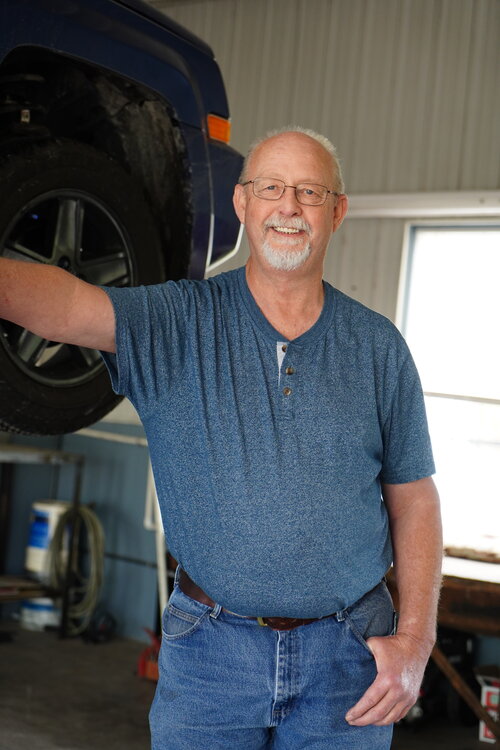
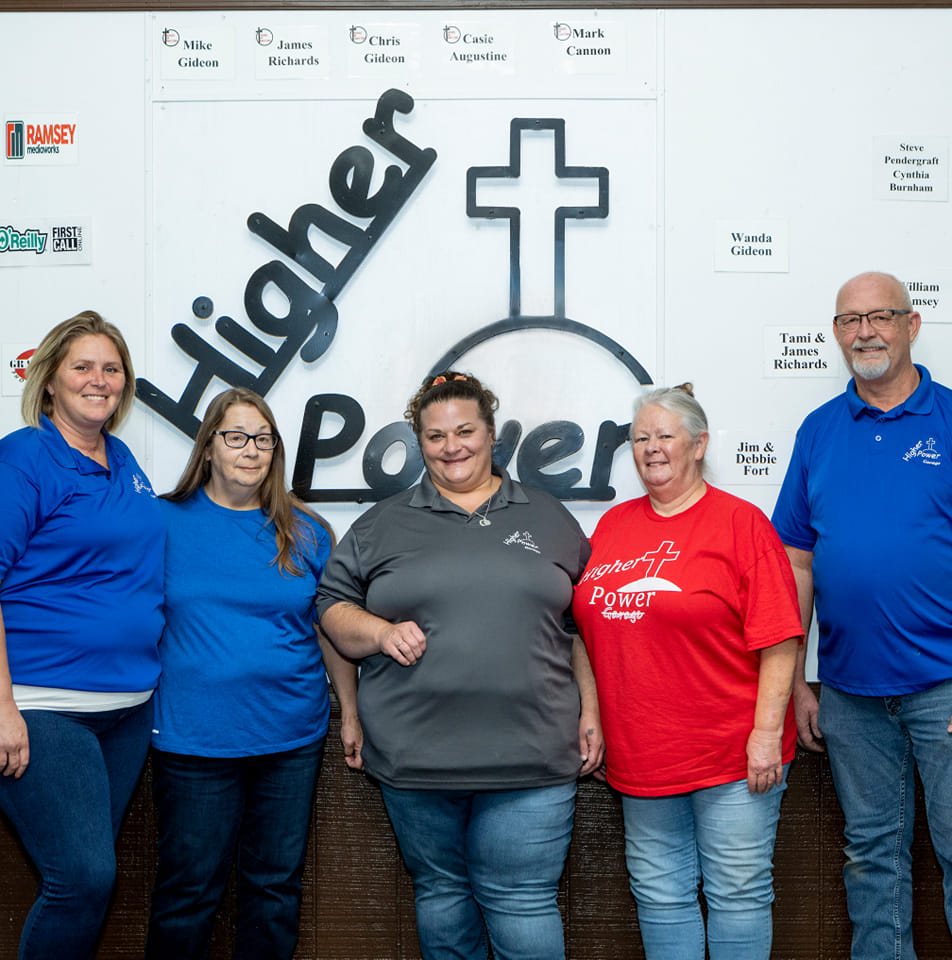
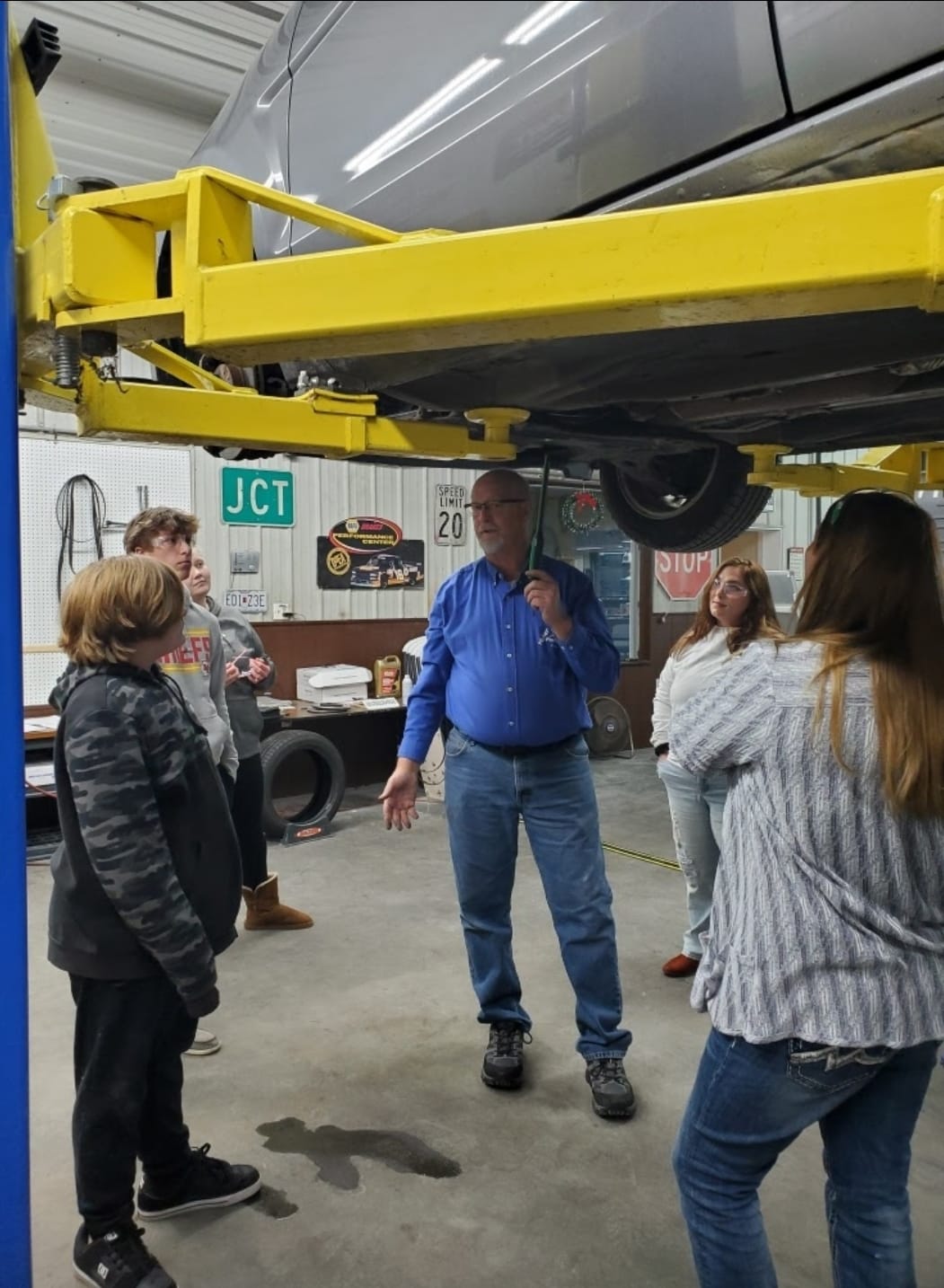


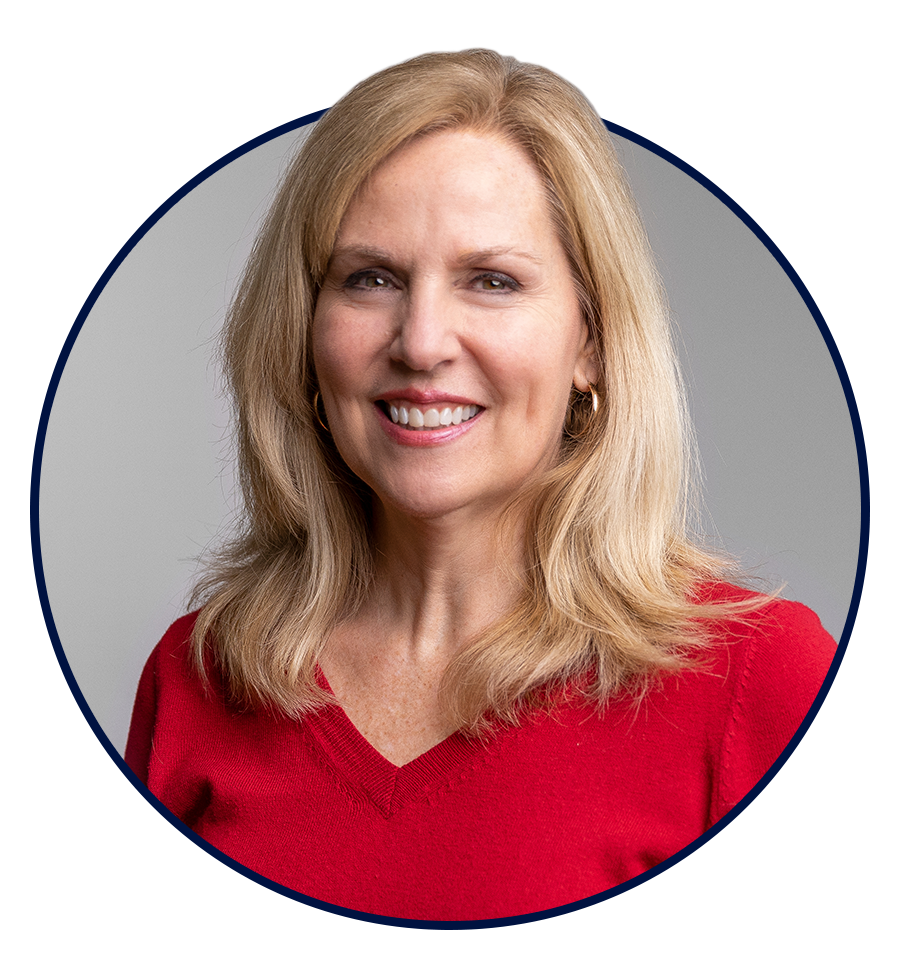
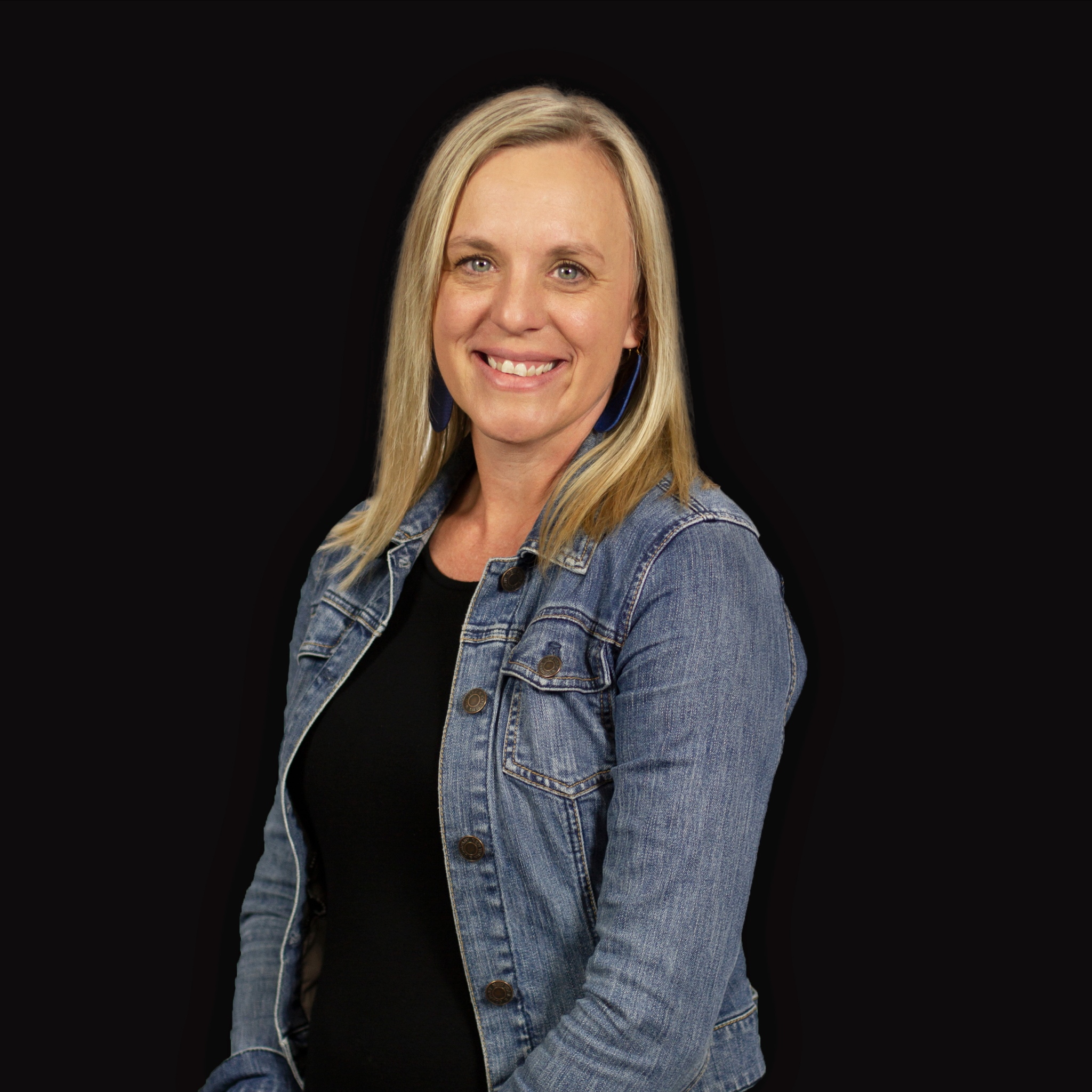
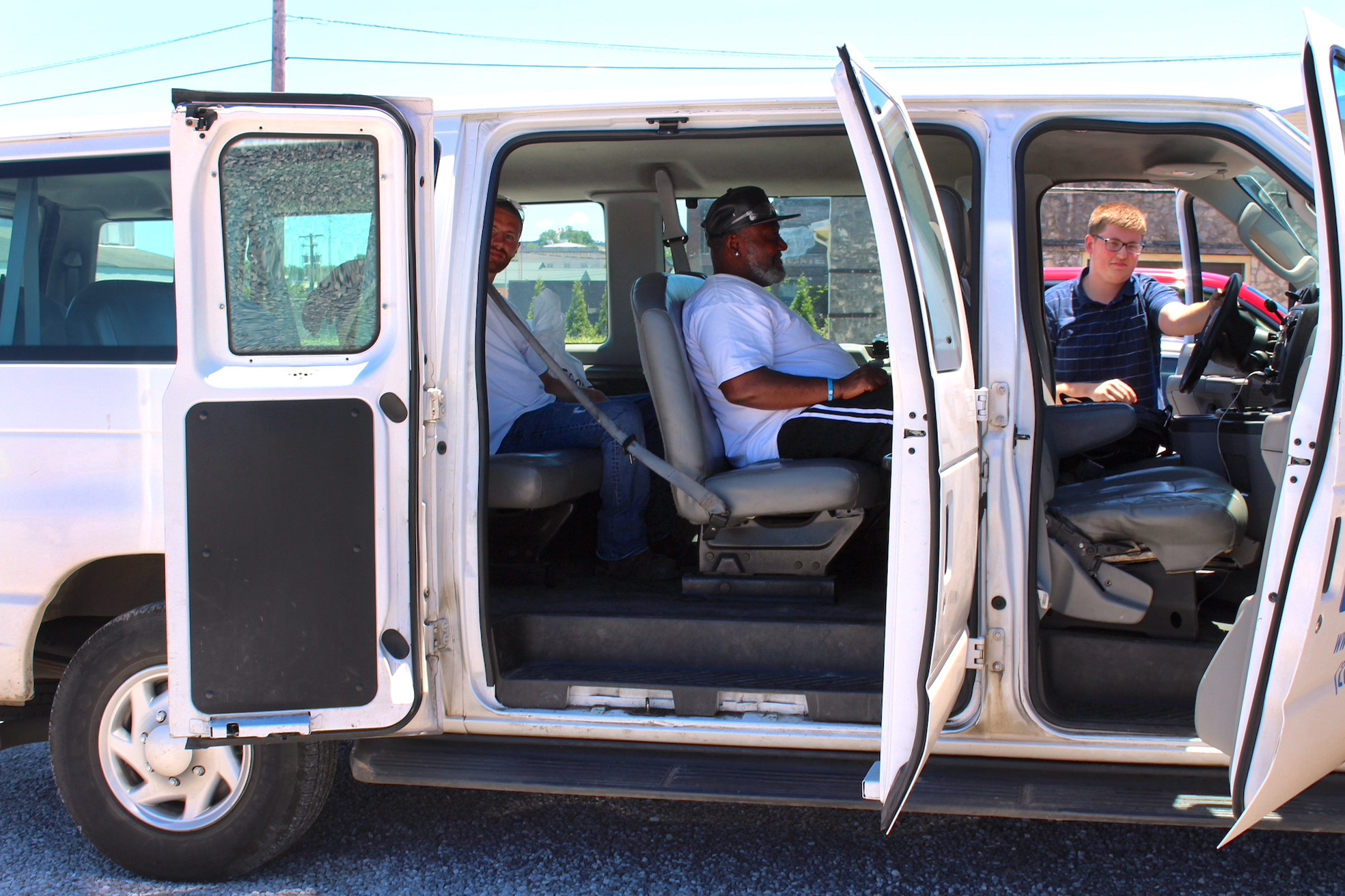 Hope House of Bowling Green, Kentucky is removing that barrier with their
Hope House of Bowling Green, Kentucky is removing that barrier with their 
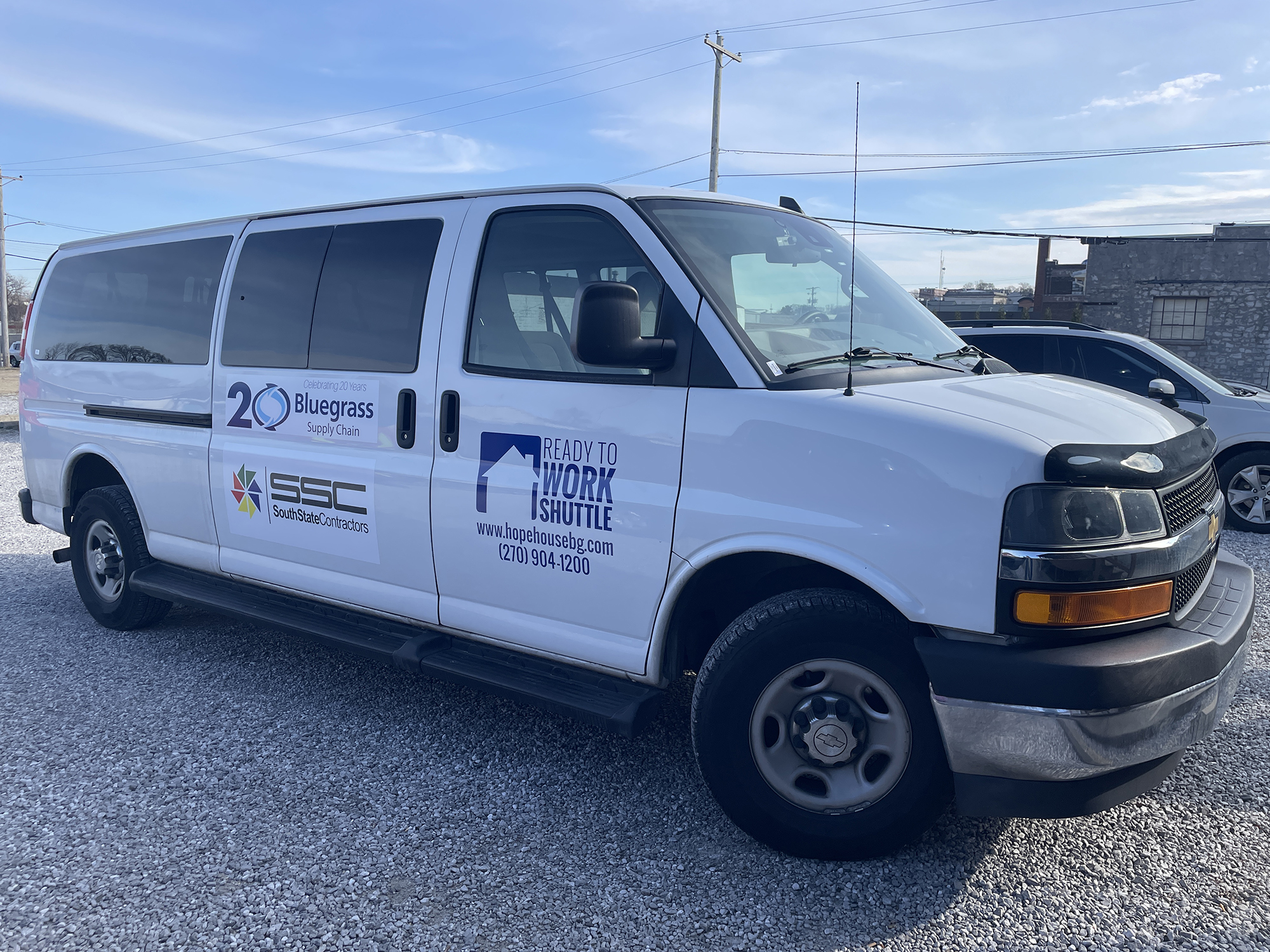
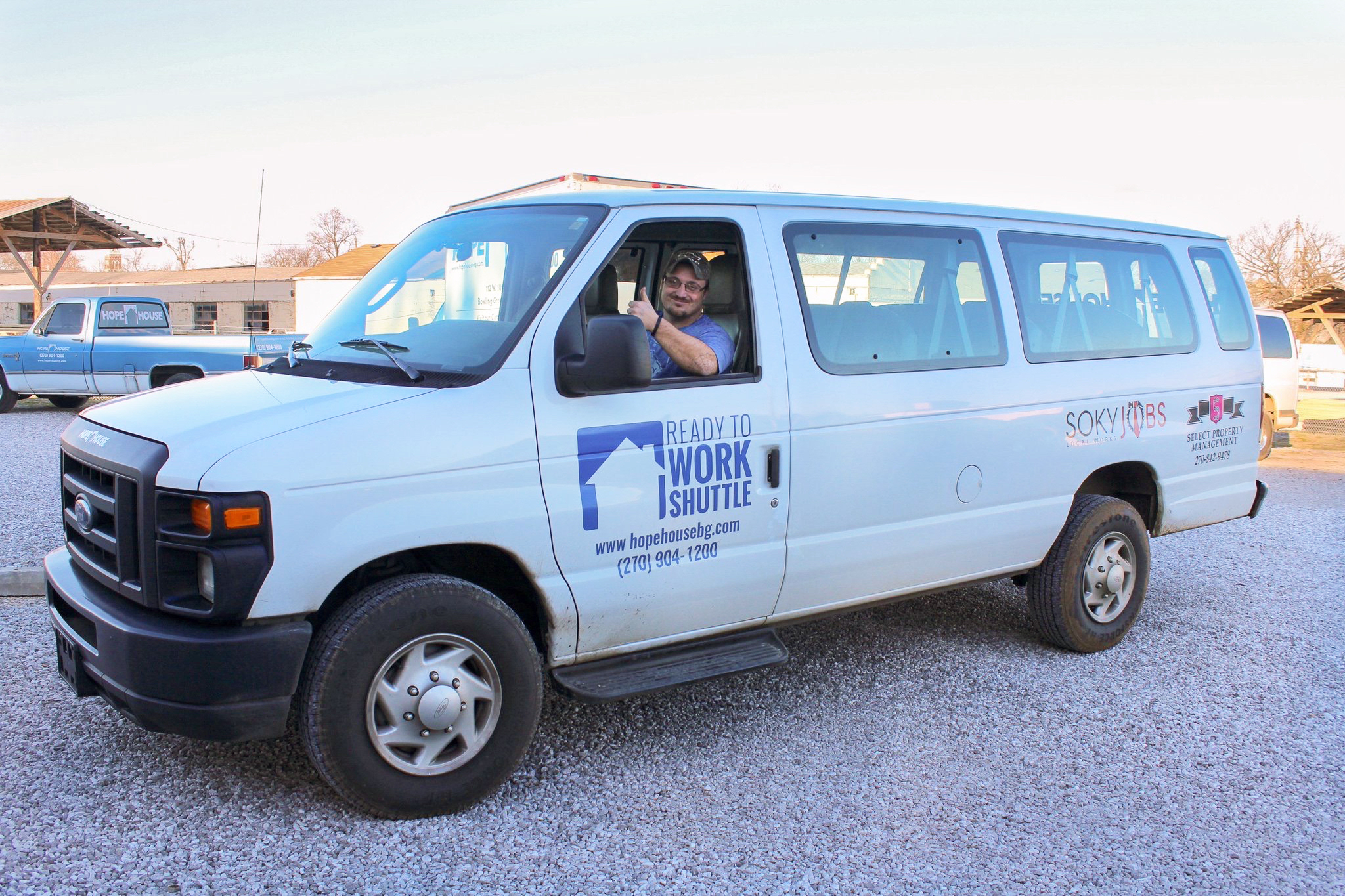
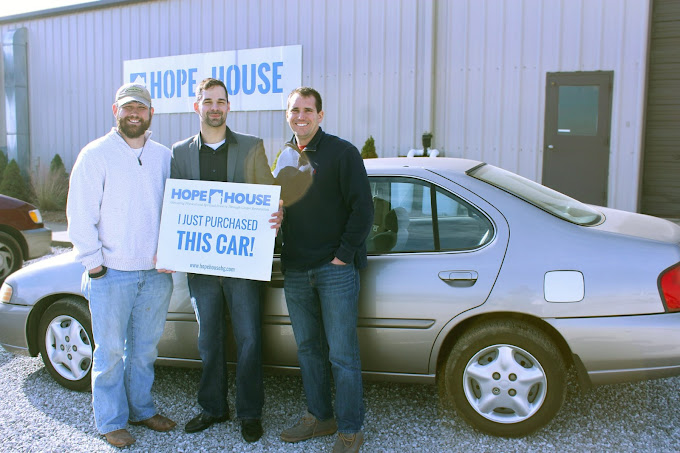 For those ready to own their own transportation, Hope House offers another service to their community – its
For those ready to own their own transportation, Hope House offers another service to their community – its 
